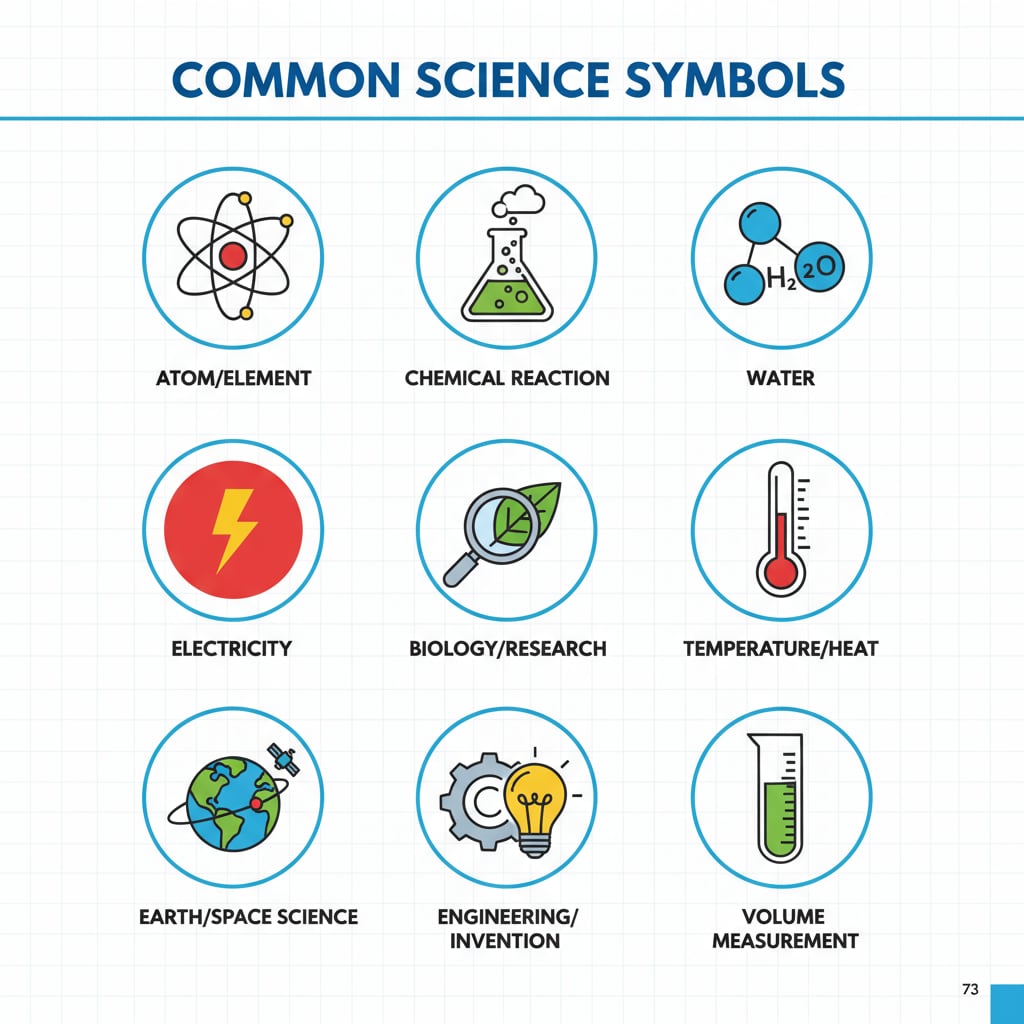Science symbols, language barriers, and Anglocentrism are intertwined elements that significantly impact global K12 science education. The dominance of English letters in scientific notations has erected an invisible wall for non-English speaking students.

As science is a universal discipline, the language used to convey its concepts should be accessible to all. However, the current reliance on English in science symbols creates hurdles for learners around the world.
The Prevalence of English in Science Symbols
English has become the de facto language of science, especially in symbols. From the simple “H” for hydrogen in the periodic table to complex mathematical notations, English letters are the norm. This is not a new phenomenon. For example, the International System of Units (SI) uses English-derived terms and symbols. The SI system on Wikipedia has been adopted globally, further embedding English in scientific communication. This widespread use has roots in historical factors, such as the dominance of English-speaking countries in scientific research during the past few centuries. As a result, new generations of students worldwide are expected to learn science through an English-based symbolic language.

The Language Barrier for Non-English Native Students
For non-English native students, the use of English in science symbols poses a significant language barrier. Understanding scientific concepts is already challenging, but when the symbols are in a foreign language, it becomes even more difficult. For instance, a student in a non-English speaking country may struggle to remember what “DNA” stands for, let alone understand the complex processes associated with it. This lack of familiarity with the language of science symbols can lead to misunderstandings and a lack of confidence in learning science. In addition, it may discourage students from pursuing scientific fields in the future. Scientific notation on Britannica highlights how the use of a particular language in symbols can affect comprehension.
The language barrier also extends to classroom communication. Teachers may find it difficult to convey scientific ideas accurately when students are not proficient in English. This can result in ineffective teaching and learning experiences. As a consequence, the potential of these students to fully engage with and contribute to the scientific community may be limited.
Readability guidance: The prevalence of English in science symbols and the resulting language barriers for non-English native students are clear issues. We need to consider solutions to make science education more inclusive. By understanding these problems, we can work towards a more accessible scientific future.


